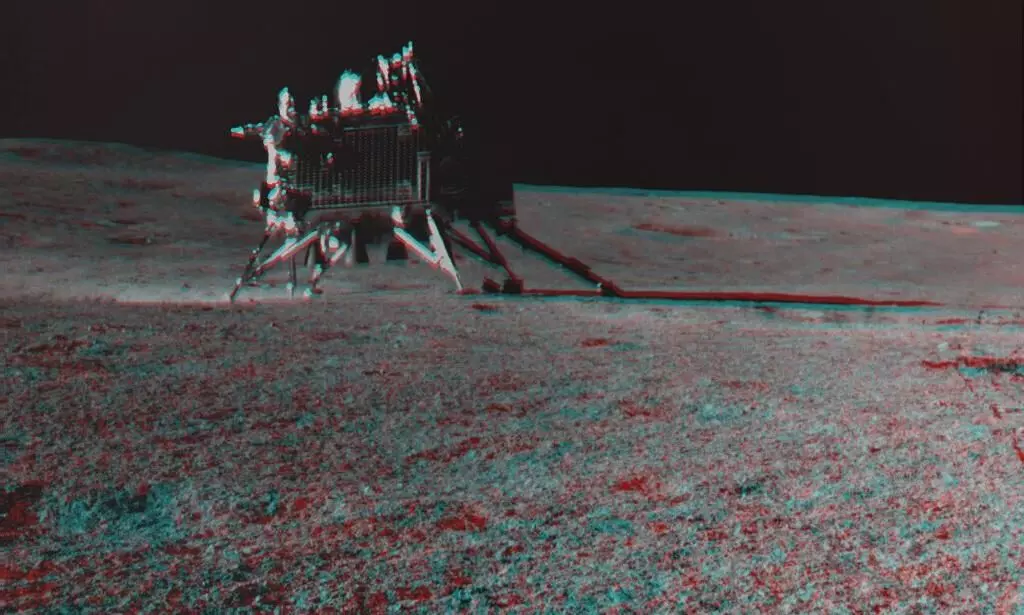Chandrayaan-3: Vikram, Pragyan in sleep mode; ISRO tries to reestablish contact
ISRO's dedicated efforts to revive the lander and rover continue, with the space agency keen to resume scientific experiments and studies on the Moon.
By Anoushka Caroline Williams
Hyderabad: Indian Space Research Organization (ISRO) has embarked on a crucial mission to re-establish communication with its lunar mission Chandrayaan-3's lander, Vikram, and its rover, Pragyan.
These endeavors aim to ascertain the status of the lander and rover after they were placed in sleep mode earlier this month. Unfortunately, no signals have been received from them so far.
ISRO's dedicated efforts to revive the lander and rover continue, with the space agency keen to resume scientific experiments and studies on the Moon. The lunar mission, Chandrayaan-3, holds great promise for India's space exploration ambitions, and the potential reactivation of Vikram and Pragyan is a significant development.
Moon's Harsh Conditions and the Sleep Mode
Both Vikram and Pragyan were transitioned into sleep mode on September 4 and 2, respectively, in anticipation of the lunar night's arrival. The lunar night on Earth's natural satellite brings frigid temperatures as low as minus 120-200 degrees Celsius, making it crucial to conserve energy during this period. However, the receivers of these spacecraft were kept on.
ISRO's Space Applications Centre Director, Nilesh Desai, explained the strategy behind this decision, stating that with the return of sunlight to the south polar region of the Moon, where the lander and rover are situated, their solar panels are expected to be optimally charged. This provides an opportune moment to re-establish contact and assess their health and functionality.
Chandrayaan-3's Mission Highlights
Chandrayaan-3 made a historic landing on the Moon on August 23, carrying with it the lander, rover, and payloads designed to conduct experiments. These experiments were initially scheduled to be completed within 14 Earth days, which equates to one lunar day. This timeframe was set to ensure that scientific studies could be conducted before the onset of pitch darkness and extreme cold.
The combined mass of the lander and rover, totaling 1,752 kg, was designed to operate during one lunar daylight period, equivalent to about 14 Earth days. Now, with the return of sunlight to the Moon's south pole, ISRO is hopeful that Vikram and Pragyan can be reactivated. The resumption of their functions will allow for the continuation of experiments and studies on the lunar surface, unlocking further insights into Earth's celestial neighbor.
ISRO's persistent efforts to re-establish contact with Chandrayaan-3's lander and rover signify India's commitment to space exploration and scientific discovery. The potential revival of Vikram and Pragyan holds great promise for the success of this lunar mission and augments India's standing in the field of space exploration. As ISRO continues its endeavors to revive these spacecraft, the global space community eagerly awaits updates on this chapter in lunar exploration.